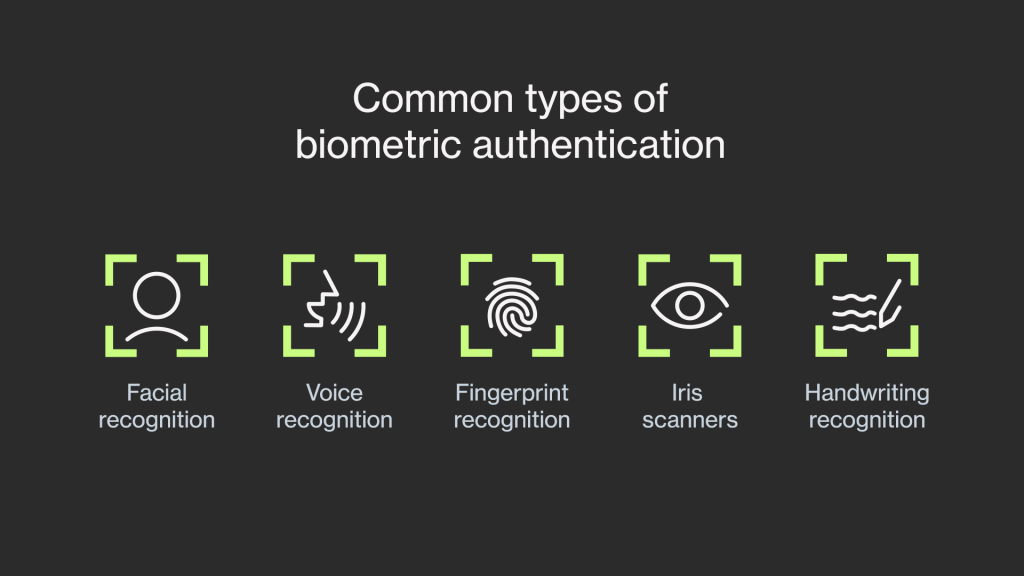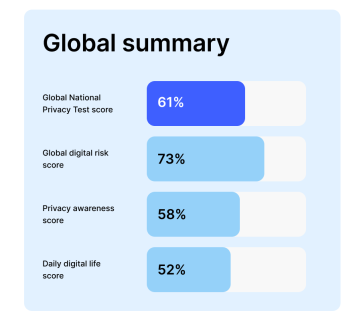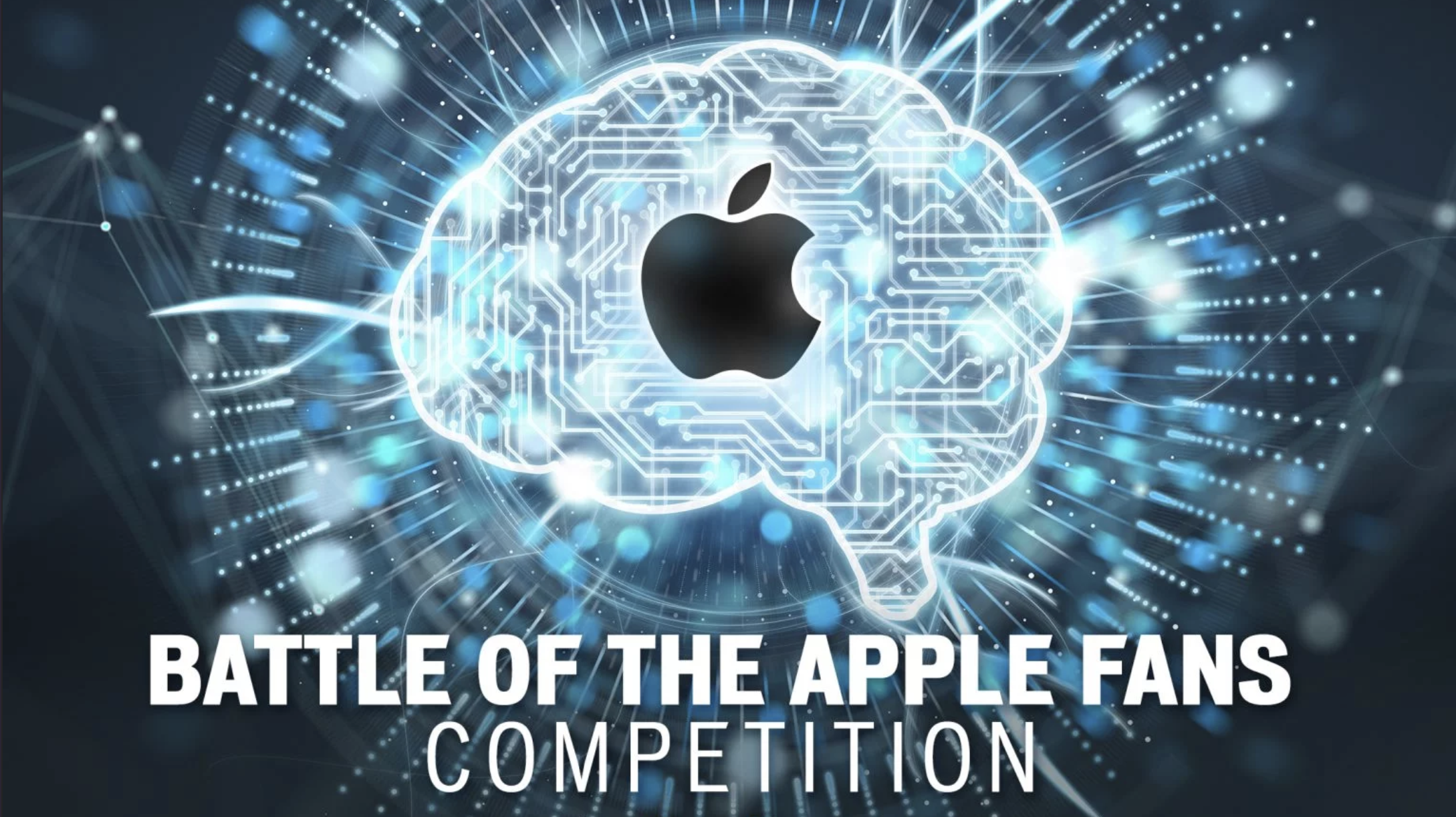Consumerisation*, cloud computing, tablet computing and mobile collaboration are among the major trends that will drive the market for enterprise mobility solutions over the next year.
That’s according to Robyn Milham, head of enterprise sales for Southern Africa at Research In Motion (RIM), the company behind the BlackBerry® solution. She says that many organisations have already deployed basic mobile solutions such as personal information management (PIM) and sales force automation tools to their workforces.
As a result, many of them are getting up to an extra hour of productivity a day from their employees, improving responsiveness to customers, and ensuring a faster flow of information and business processes across their organisations. Imagine the impact on a team that has eight sales representatives who spend their lives on the road – it is almost like having another full-time employee on board based on time saved. This productivity boost adds up to six weeks of productive time per employee each year. This is in addition to a typical 20% to 30% improvement in workflow productivity in organisations that have put mobility solutions in place. “However, these early applications are just the beginning of the mobile revolution in business,” says Milham. “In the next phase, enterprises face a range of challenges and opportunities driven by trends such as consumerisation of information technology (IT), rapid adoption of social networks as a business tool and the move towards cloud computing.”
“Consumerisation is flipping the traditional IT model on its head in many companies. Many end-users are bringing their own devices such as smart phones and tablet computers to work rather than simply using the devices and applications supplied by their IT departments,” says Milham.
A related trend is the rise of applications and services such as social networking tools that straddle the professional and personal worlds.
BBM™ (BlackBerry® Messenger), Facebook and Twitter are examples of services that are useful both as professional and personal tools. “The challenge for IT is to leverage these tools without allowing them to undermine productivity and information security,” Milham says. “Many IT managers see the prospect of end-users bringing their own devices to work as a headache,” she adds. “They question how they should secure corporate information, ensure productivity and manage their infrastructure when users are accessing their networks using their own devices.” But the fact that workers are bringing powerful technology to the workplace should be seen as an opportunity rather than a threat. Employees are using these tools to access the latest business information and be more responsive to customers while they’re in the field.
Milham says that the challenge for IT managers is two-fold:
1. Putting clear corporate policies in place to govern how users use their devices and access information, and;
2. Putting an infrastructure in place that allows them to centrally enforce these policies.
The right technology solution will offer a good balance of flexibility and control. For example, the BlackBerry® Enterprise Server offers more than 450 management policies to give a flexible set of choices about the management and security policies they put in place for different end-user groups.
“Companies can satisfy the demand for choice in their end-user population while achieving the benefits of standardisation by selecting a device platform that offers a selection of devices and configurations. This offers a balance between end-user choice and IT control,” says Milham.
One of the next important waves in mobility is tablet computing, where RIM is set to be a significant player with the upcoming launch of the BlackBerry® PlayBook.
“People are just starting to recognise the power that tablets can have in all aspects of life, both at home and at work,” says Milham. “Tablets will complement smartphones, giving workers the ability to take communication and productivity to the next level.”
Companies should be looking at how their tablet computing strategies will integrate with the rest of their mobile infrastructure. Milham says that the BlackBerry PlayBook has been designed as a tool for enterprise mobility.
The BlackBerry PlayBook will feature the security, manageability, and reliability companies expect from the BlackBerry Enterprise Solution. The integration between the BlackBerry PlayBook tablet and BlackBerry smartphones minimises the IT admin burden.
As for cloud computing, BlackBerry believes that cloud applications will power the mobile social Internet in the years to come. “We’re extending RIM’s lead in the enterprise market with new small-to-mid-sized business solutions on premise and in the cloud, including a new BlackBerry® Enterprise Server architecture, which has been designed for the cloud,” says Milham.
“This technology will help to truly mobilise business processes by giving end-users access to exactly the same data and apps wherever they are and whichever access device they are using.” Concludes Milham: “With the technology that powers the mobile enterprise evolving so fast, companies need to ensure that efficiencies are maximised. They need to make some key decisions regarding their investment decisions and people management issues to ensure that the advantages of mobile technology are harnessed to the benefit of their businesses.”





